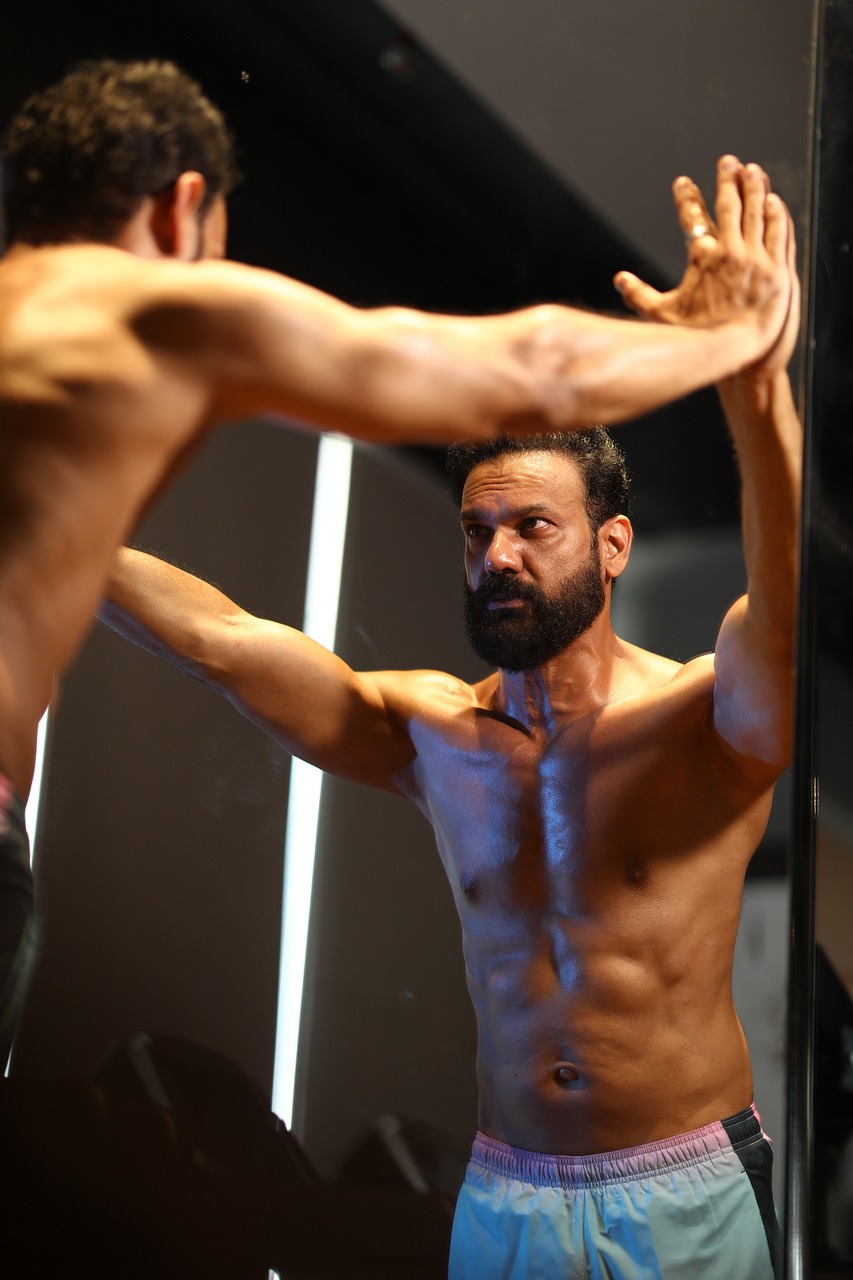It started as just another morning, going through my usual routine. As I began my Pilates and yoga session, I worked through the familiar morning stiffness and joint crackling that comes with loosening up. But this time, I noticed something different—certain movements felt restricted, not because I lacked flexibility, but because my joints simply weren’t mobile enough to perform them properly.
In the past, I would have shrugged it off as just part of aging, but as I’ve deepened my understanding of physical health, I’ve realized there’s more to movement than just stretching. What I actually need is mobility work—but how does mobility differ from the flexibility training I’ve been doing through yoga and Pilates?
Mobility and flexibility are often used interchangeably, but they’re not the same. While both play a crucial role in movement and physical wellness, they serve different functions in how the body moves and performs. Mobility refers to how well a joint moves through its full range of motion, while flexibility refers to the ability of muscles to stretch. Understanding the difference between the two can help improve performance, prevent injuries, and optimize overall movement. Here’s how they differ:
1. Mobility Involves Active Movement, Flexibility Is Passive
Mobility
- Requires control, strength, and coordination to move a joint through its full range of motion.
- Example: Raising your leg high without assistance requires hip mobility and muscle control.
Flexibility
- Refers to the ability of a muscle to stretch without resistance or restriction.
- Example: Holding your leg up with your hand demonstrates flexibility, but not necessarily mobility.
2. Mobility Requires Strength, Flexibility Does Not
Mobility
- Involves muscle engagement to actively control movement within a range of motion.
- Example: A deep squat requires ankle, hip, and knee mobility with strength to maintain balance.
Flexibility
- Can be achieved without muscle activation, simply by stretching the muscle.
- Example: Sitting on the floor and reaching for your toes shows flexibility but doesn’t require strength.
3. Mobility Is Joint-Specific, Flexibility Is Muscle-Specific
Mobility
- Focuses on joint movement and how freely it moves in different directions.
- Example: Shoulder mobility determines how well your arm moves overhead during a press.
Flexibility
- Focuses on muscle length and how far a muscle can stretch.
- Example: Hamstring flexibility affects your ability to touch your toes.
4. Mobility Improves Functional Movement, Flexibility Helps with Range of Motion
Mobility
- Directly impacts how well you move in daily life and athletic activities.
- Example: Good hip mobility allows for better squats, lunges, and running mechanics.
Flexibility
- Helps muscles lengthen and relax but doesn’t necessarily improve movement control.
- Example: You may be flexible enough to do a split, but without mobility, you might struggle to use that flexibility in movement.
5. Mobility Prevents Injuries, Flexibility Reduces Muscle Tightness
Mobility
- Prevents joint stiffness and compensatory movement patterns that lead to injuries.
- Example: Poor ankle mobility can cause knee pain because other joints compensate for the restriction.
Flexibility
- Helps reduce muscle tightness and soreness, decreasing strain on joints and ligaments.
- Example: Stretching tight hamstrings reduces lower back tension but won’t necessarily improve movement efficiency.
6. Mobility Training Uses Dynamic Movements, Flexibility Training Uses Static Stretches
Mobility
- Involves dynamic, controlled movements to improve movement efficiency.
- Example: Hip circles, deep squats, and controlled leg raises improve joint mobility.
Flexibility
- Often involves static or passive stretching to increase muscle length.
- Example: Seated hamstring stretches and holding yoga poses improve flexibility.
In Conclusion
While mobility and flexibility are connected, they serve different purposes. Mobility allows for controlled, pain-free movement, while flexibility determines how far a muscle can stretch. To move efficiently, prevent injuries, and improve performance, you need both—flexibility to maintain muscle elasticity and mobility to control movement through a full range of motion.
Best approach? Combine mobility drills (dynamic movements) with flexibility work (static stretching) for a well-rounded fitness routine.


